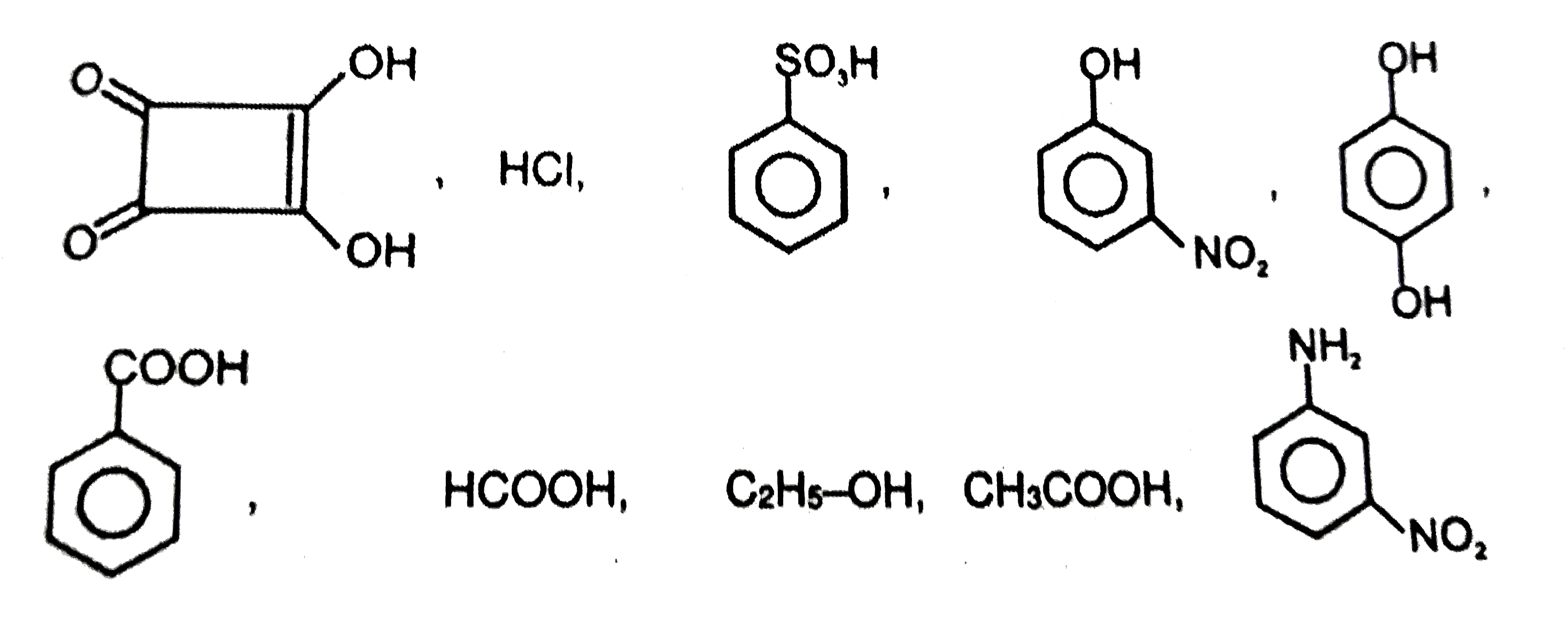How many of the following species are related to Hall's process of purification of bauxite? White bauxite , Na2CO3,CO2, cryolite, red bauxite , NaOH
The correct Answer is:3
To determine how many of the given species are related to Hall's process of purification of bauxite, we will analyze each species in relation to the process.
1. Identify the Process: Hall's process is specifically used for the purification of red bauxite (which contains Al2O3 with Fe2O3 as an impurity). It involves the use of sodium carbonate (Na2CO3) and produces sodium aluminate (NaAlO2) and carbon dioxide (CO2) as byproducts.
2. List the Given Species:
- White bauxite
- Sodium carbonate (Na2CO3)
- Carbon dioxide (CO2)
- Cryolite
- Red bauxite
- Sodium hydroxide (NaOH)
3. Analyze Each Species:
- White Bauxite: This is not related to Hall's process; it is purified by the Serpeck process. (Not included)
- Sodium Carbonate (Na2CO3): This is used in Hall's process to react with red bauxite. (Included)
- Carbon Dioxide (CO2): This is a byproduct of the reaction in Hall's process. (Included)
- Cryolite: This is a different mineral (Na3AlF6) and is not involved in Hall's process. (Not included)
- Red Bauxite: This is the ore that is purified using Hall's process. (Included)
- Sodium Hydroxide (NaOH): This is produced in the process when NaAlO2 reacts with water. (Included)
4. Count the Related Species:
- The species related to Hall's process are:
- Sodium carbonate (Na2CO3)
- Carbon dioxide (CO2)
- Red bauxite
- Sodium hydroxide (NaOH)
Thus, there are 4 species related to Hall's process.
Final Answer:
4 species are related to Hall's process of purification of bauxite.
- White bauxite
- Sodium carbonate (Na2CO3)
- Carbon dioxide (CO2)
- Cryolite
- Red bauxite
- Sodium hydroxide (NaOH)
- White Bauxite: This is not related to Hall's process; it is purified by the Serpeck process. (Not included)
- Sodium Carbonate (Na2CO3): This is used in Hall's process to react with red bauxite. (Included)
- Carbon Dioxide (CO2): This is a byproduct of the reaction in Hall's process. (Included)
- Cryolite: This is a different mineral (Na3AlF6) and is not involved in Hall's process. (Not included)
- Red Bauxite: This is the ore that is purified using Hall's process. (Included)
- Sodium Hydroxide (NaOH): This is produced in the process when NaAlO2 reacts with water. (Included)
- The species related to Hall's process are:
- Sodium carbonate (Na2CO3)
- Carbon dioxide (CO2)
- Red bauxite
- Sodium hydroxide (NaOH)
4 species are related to Hall's process of purification of bauxite.
Similar Questions
Na2CO3.10H2O is
View SolutionNa2CO3+KNO3→No reaction
View SolutionWhich is more stable : Na2CO3 or CaCO3?
View SolutionWhich of the following reactions is not involved in serpeck's process of leaching of Al2O3 from white bauxite ore ?
View SolutionWhen impurity of Fe2O3 is excess then the process used in concentration of bauxite is
View SolutionWhich of the following does not participate in the solvay's process for the manufacture of Na2CO3 ?
View SolutionName the process used in the manufacture of Na2CO3.
View SolutionDescrible the principal controlling each of the following processes:
(i) Preparation of cast iron from pig iron.
(ii) Preparation of pure alumina (Al2O3) form bauxite ore.
View SolutionHow many of the following compounds give CO2 on reaction with NaHCO3

View SolutionMelting point of mixture of Na2CO3+K2CO3 is :
View Solution
